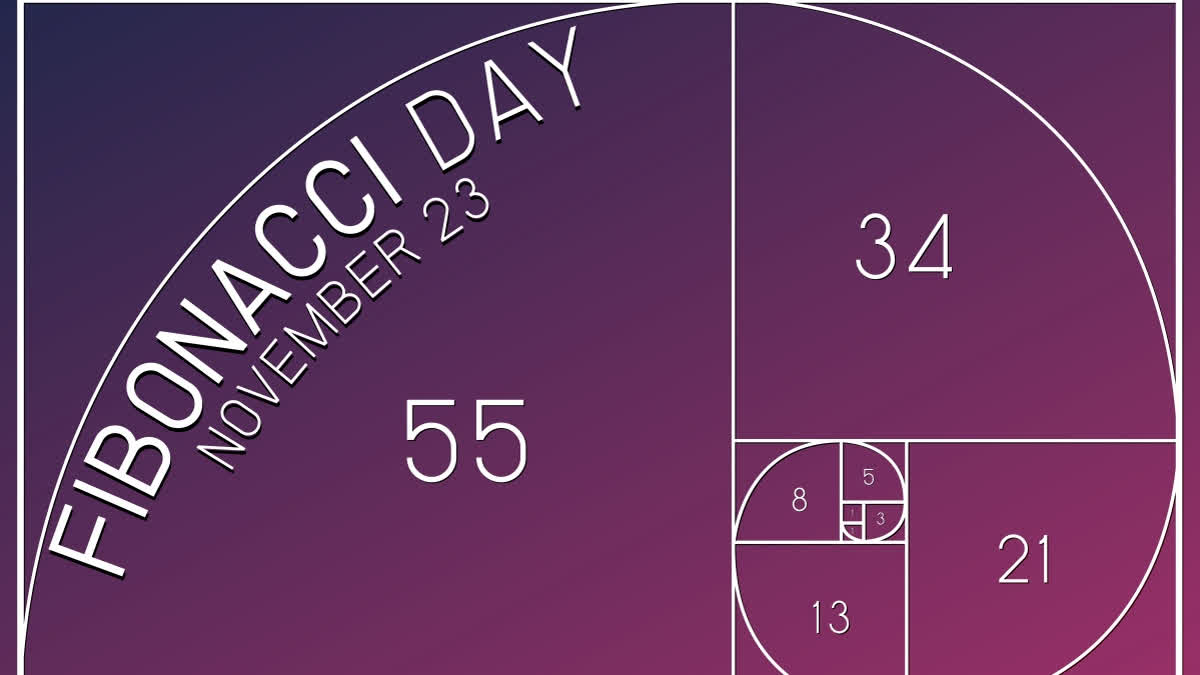November 23rd is a date that is brilliant yet curiously underappreciated. Because 11/23 neatly matches the first four numbers of the famous Fibonacci sequence: 1, 1, 2, 3.
On November 23rd, we celebrate Fibonacci Day (a quirky nod to the genius of Leonardo of Pisa, better known as Fibonacci and his famous number sequence). This series, where each number is the sum of the two before it (1, 1, 2, 3, 5, and so on) has over centuries shaped the world of art, architecture and design.
Let’s explore how this fascinating formula inspires creativity and discover how you can bring a little Fibonacci magic into your life.
What Is Fibonacci Day?
The sequence is named after Leonardo of Pisa aka Fibonacci. This 13th-century mathematician wasn't just a numbers guy. He was the numbers guy. In his book Liber Abaci, he introduced the sequence to the Western world. His sequence (each number the sum of the two preceding it) became the secret sauce of nature, art and design. Like any genius invention, it’s been borrowed shamelessly by creators ever since.
Let’s see how this magical sequence weaves its way into art and design, and how you can wield its golden powers in your own creative escapades.
Fibonacci In Art
If you think the Fibonacci sequence is just for math geeks, think again. Artists and architects have been sneaking it into their masterpieces for centuries. For instance:
Leonardo da Vinci, the Renaissance multitasker who probably invented multi-tasking itself, incorporated the Fibonacci spiral in his sketches and paintings. Vitruvian Man? Check. The Last Supper? Double-check. Turns out, the Mona Lisa’s smile isn’t just mysterious—it’s mathematically pleasing.
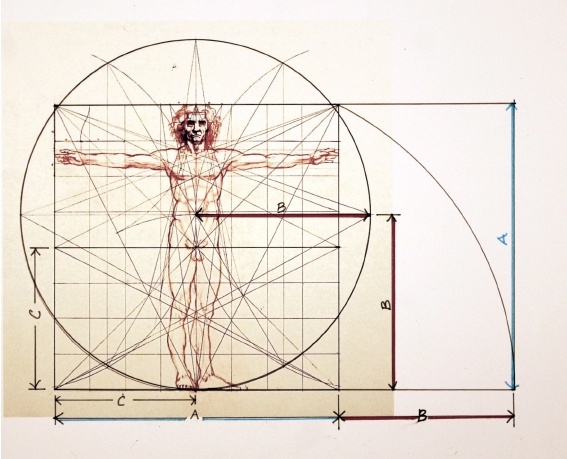
Salvador Dalí’s The Sacrament of the Last Supper is a literal shrine to Fibonacci proportions. Dalí loved the golden ratio so much he practically invited it to tea.
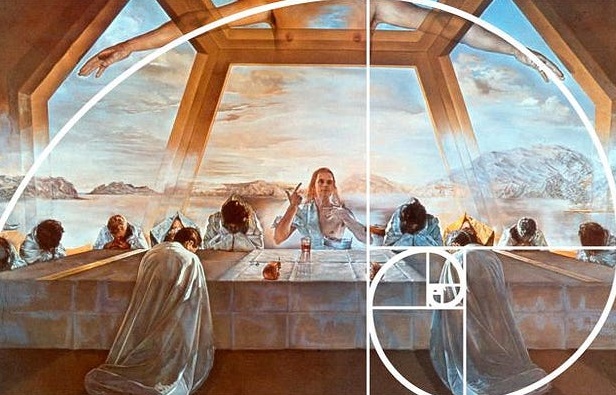
In modern times, M.C. Escher crafted his mind-bending masterpieces with Fibonacci-inspired geometry, making us question whether we’re looking at art or accidentally fell into a maths textbook.
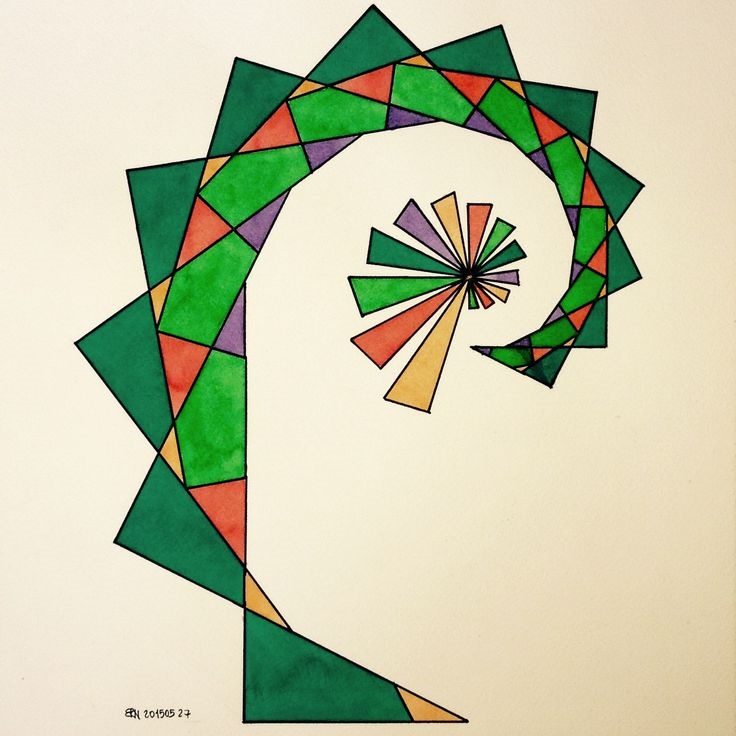
Fibonacci In Architecture
Architecture loves Fibonacci like peanut butter loves jelly. From ancient monuments to sleek modern designs, the sequence is the secret ingredient for creating structures that are as functional as they are stunning.
The Parthenon in Athens subtly incorporates golden ratio proportions, making it the Beyoncé of ancient buildings.
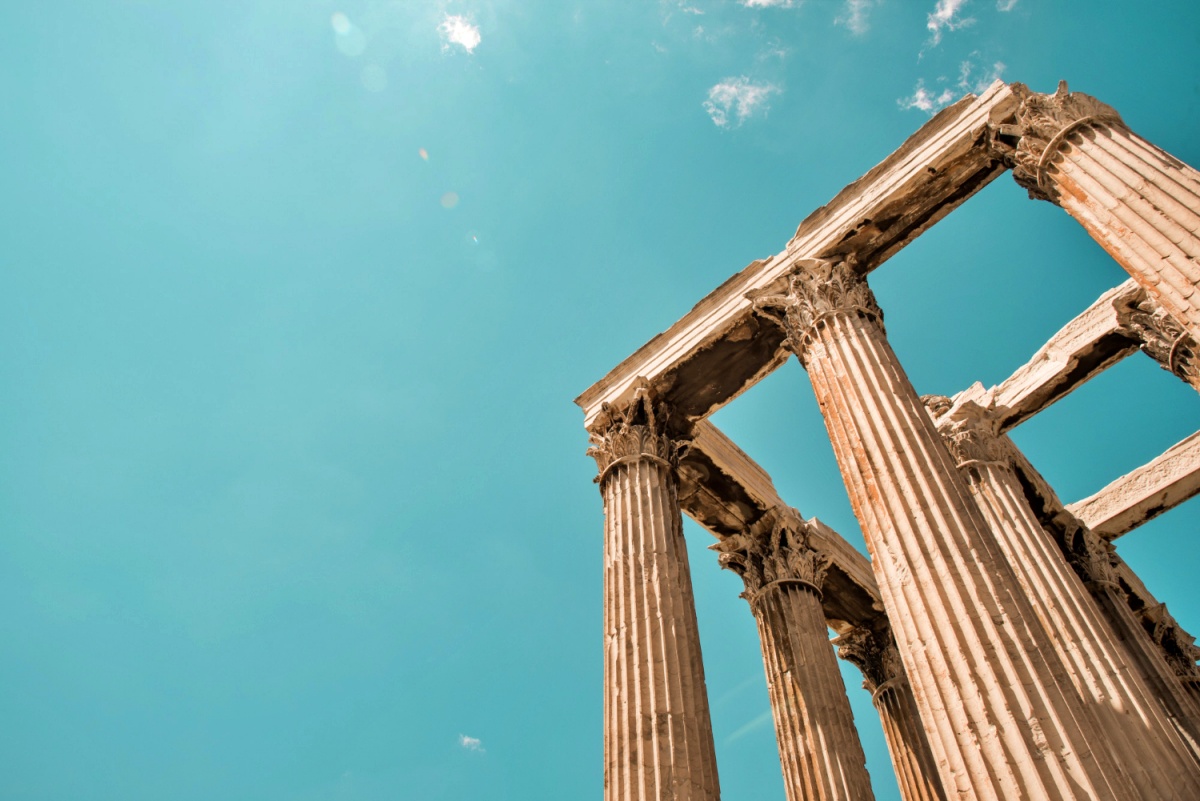
The Guggenheim Museum in New York, designed by Frank Lloyd Wright, is a literal spiral staircase to Fibonacci heaven. It’s a building that dares you to think of architecture as art (while trying not to spill your coffee walking up those spirals).
Closer to Fibonacci’s homeland, the Leaning Tower of Pisa follows geometric principles that Fibonacci himself might have smiled at.
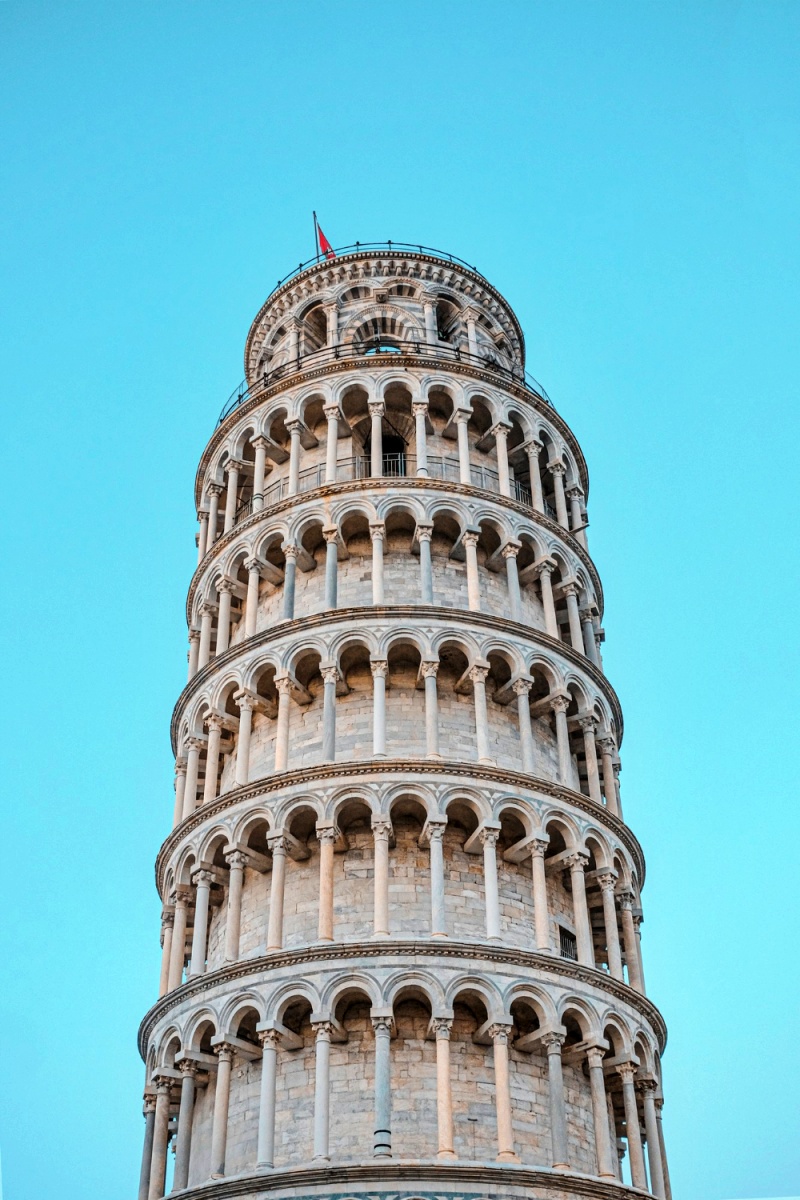
Next time you marvel at a building, thank Fibonacci for making it look better than your high school geometry grades.
DIY Fibonacci
Feeling inspired? Here’s how you can channel your inner Fibonacci.
Create A Fibonacci Spiral Painting
Start with a blank canvas. Sketch a grid of Fibonacci squares (1x1, 2x2, 3x3, and so on). Then, draw a spiral that flows through these squares, and paint it with vibrant colours.
Fibonacci-Inspired Home Decor
Incorporate golden rectangles into furniture layouts or photo frames. For bonus points, arrange your houseplants in Fibonacci spirals. Your guests will either admire your aesthetic or wonder if you’ve joined a cult.
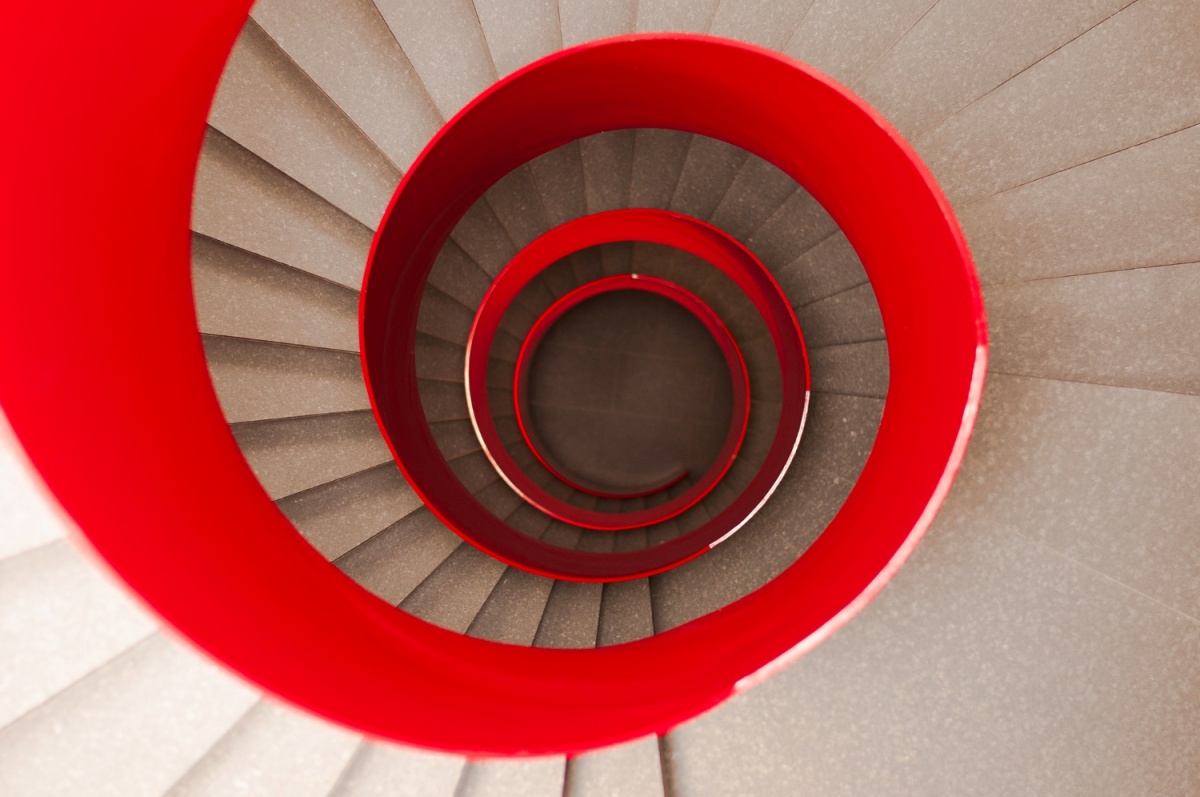
Why Fibonacci Matters Today
His sequence shows us that beauty isn’t just in the eye of the beholder, it’s in the numbers, spirals and proportions all around us. From the swirling galaxies above to the patterns in a seashell, Fibonacci proves that the universe is more connected (and more artistic) than we ever imagined.
Read more:
